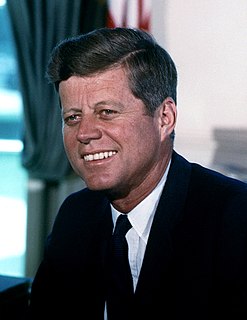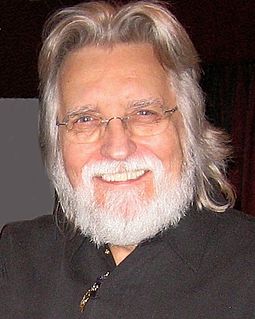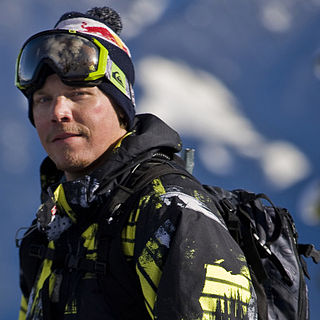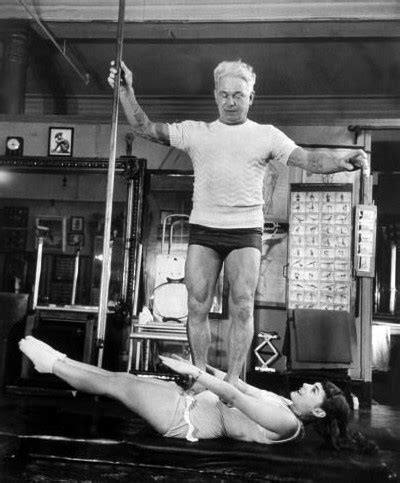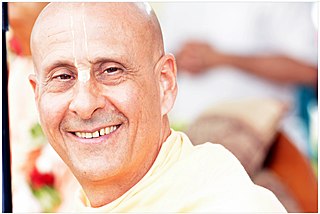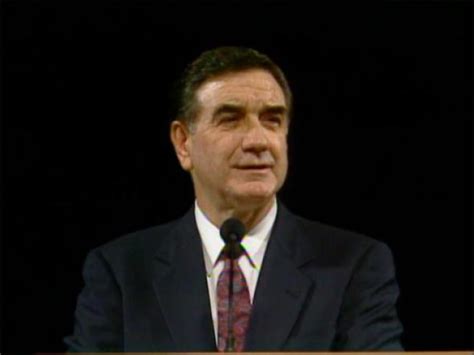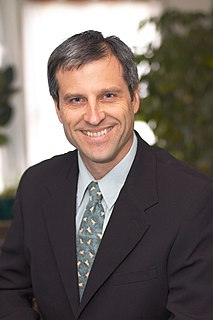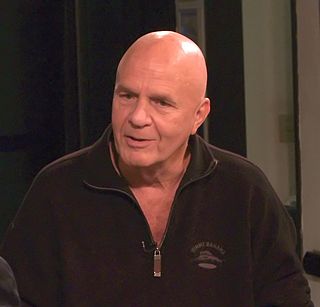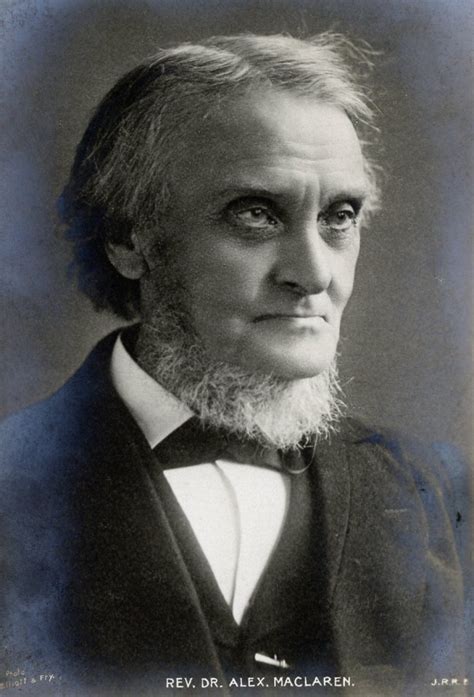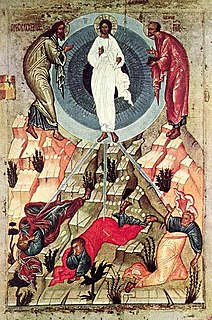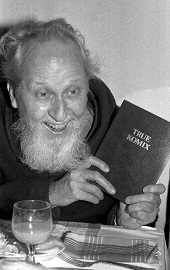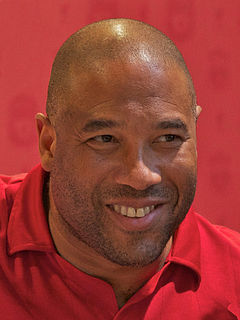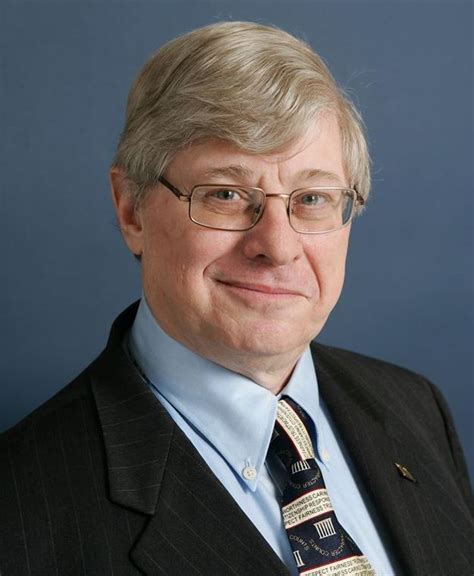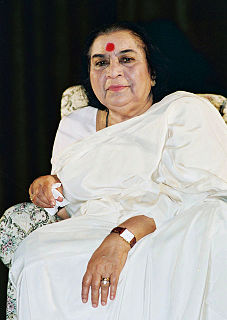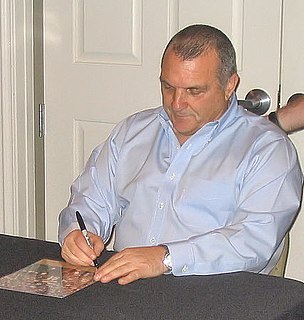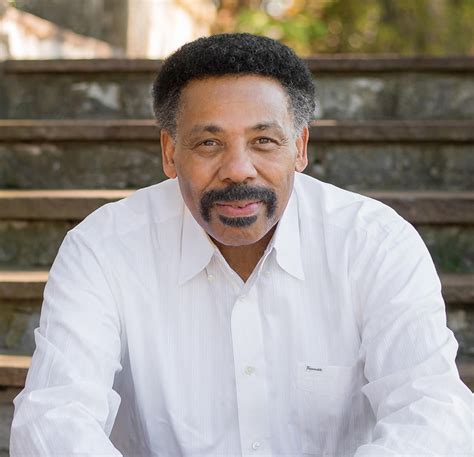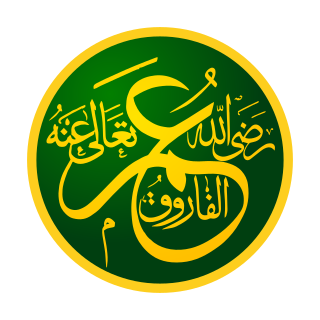A Quote by H. E Davey
The innate harmony that exists between mind and body is one of the secrets behind the amazing power of Shin-shin-toitsu-do, which is weakened by an inefficient use of the body. Our bodies must be strong, relaxed, and healthy to respond to our minds' commands.
Related Quotes
Realizing that our minds control our bodies while our bodies reflect our minds amounts to understanding the most fundamental aspects of ourselves. It further equals a comprehension of the relationship between our "tools." And since the mind and body are interrelated, this understanding makes it easier to see why coordinating them is a practical way of using these tools to greatest effect-a way of using the mind and body to live our lives as art.
Indian forms of yoga have spread throughout the world due to their objectives of promoting health and harmony. Japan is but one of many countries that have received these age-old teachings. While Indian yogic disciplines (Hatha yoga in particular) have become well known, not everyone realizes that certain distinctive Japanese versions of Indian spiritual paths have evolved. Perhaps the first of these unique methodologies is the art of Shin-shin-toitsu-do, which was developed by Nakamura Tempu Sensei (1876-1968). In fact, Nakamura Sensei is often considered to be the father of yoga in Japan.
Physical fitness is not only one of the most important keys to a healthy body, it is the basis of dynamic and creative intellectual activity. The relationship between the soundness of the body and the activities of the mind is subtle and complex. Much is not yet understood. But we do know what the Greeks knew: that intelligence and skill can only function at the peak of their capacity when the body is healthy and strong; that hardy spirits and tough minds usually inhabit sound gods.
Shin [Biyajima] rides down with this big ol' Japanese grin and giggle and I'm like what? Two years later, when I started planning the trip, I knew Shin was from the Hakuba area, and I didn't want to come film in Japan without a Japanese rider. Shin had the time and availability, and it worked out perfect.
The mind commands the body, and it obeys forthwith; the mind commands itself, and is resisted. The mind commands the hand to be moved, and such readiness is there that the command is scarce to be distinguished from the obedience. Yet the mind is mind, and the hand is body. The mind commands the mind to will, and yet, though it be itself, it obeyeth not. Whence this monstrous thing? and why is it?
The mind commands the body and is instantly obeyed. The mind commands itself and meets resistance. The mind commands the hand to move, and it so easy that one hardly distinguishes the order from its execution. Yet mind is mind and hand is body. The mind orders the mind to will. The recipient of the order is itself, yet it does not perform it.
How we use our leisure is equally as important to our joy as our occupational pursuits. Proper use of leisure requires discriminating judgment. Our leisure provides opportunity for renewal of spirit, mind, and body. It is a time for worship, for family, for service, for study, for wholesome recreation. It brings harmony into our life.
I knew Shin [Biyajima] a little bit early on, but it's funny because where I really met Shin, and where he made a strong impression on me, was in Jackson Hole. I sledded back to a secret zone way deep in the Jackson backcountry to some freeriding. I got out there and followed some snowmobile tracks figuring it's just some snowmobilers.
I think when you run by someone and there's a thumbs up or encouragement, that's something that I really love. It's a brotherhood, a support and an appreciation for the effort we're all making. I think it's also about living well, living healthy, taking care of ourselves, getting in touch with ourselves, our bodies, our minds. It's a mind-body connection that running helps enhance.
Using the combined, integrated force of the mind and body is more efficient than using one without the other. Since the body can only exist in the present, that's where the mind should be too (unless we deliberately choose to contemplate the past or future). At the same time, the body needs to be healthy and in optimum operating condition so that it can respond effectively to the mind's directives.
Jung said there are four archetypes adults go through, and these archetypes are reflected in the development of my work. The first archetype is the archetype of the athlete, reflecting the time in our adult life when our primary emphasis is on our body - what it looks like, how beautiful it is, how strong it is, and so on. We identify ourselves with our body. We are our body. Growing adults next move to what Jung called the archetype of the warrior. We take our physical bodies out there to do what warriors do.

